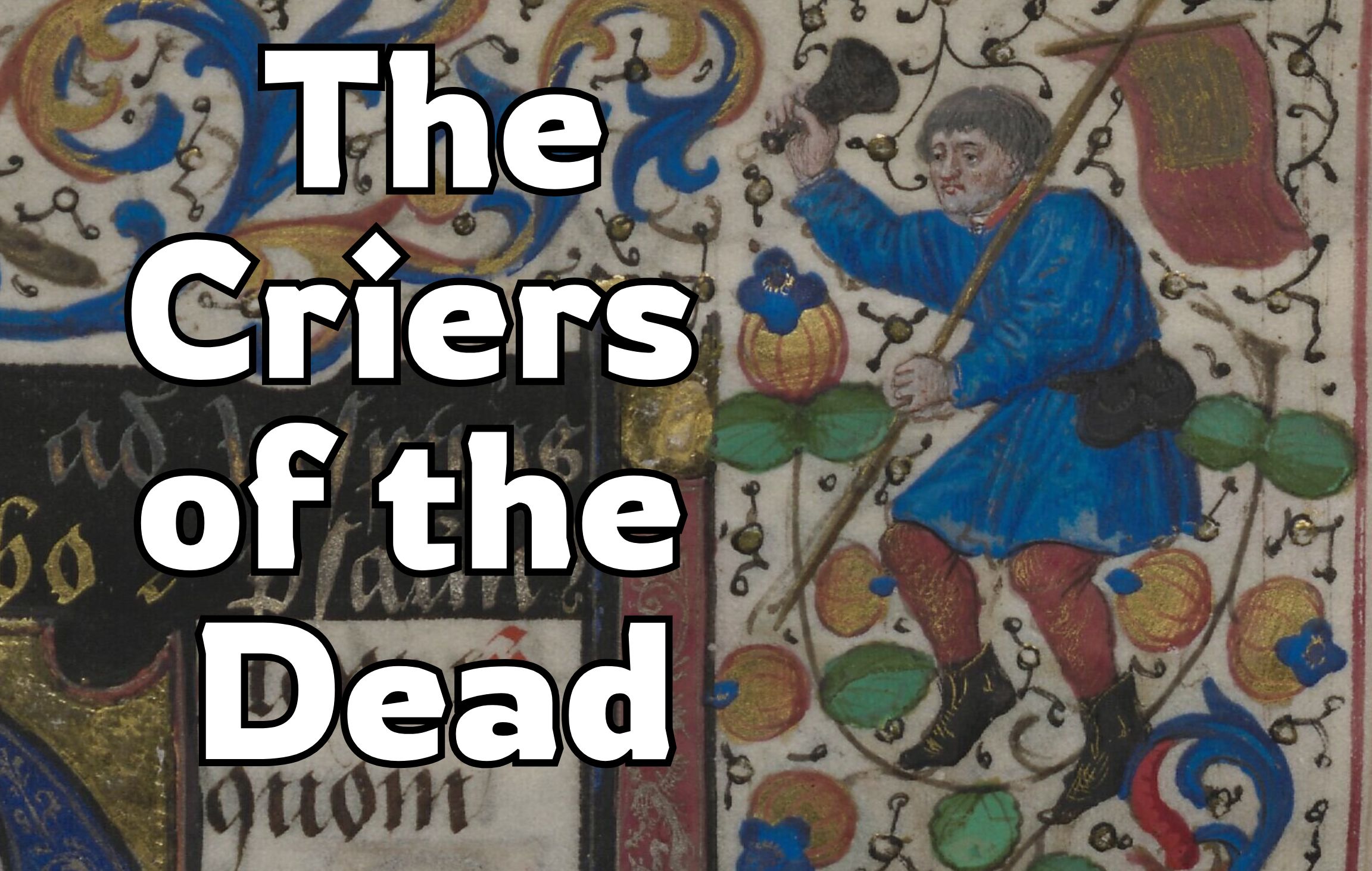
"In medieval France, professional criers were paid to walk the streets, ringing bells and announcing deaths. Known as the "criers of the dead," they gave voice to mourning, turning grief into a public performance. In the Middle Ages, mourning was as much a public performance as a private feeling. Cries and wails, the social "staging" of grief, lay at the heart of funeral rituals, echoing ancient gestures of lamentation such as tearing one's hair, striking one's chest, or wringing one's hands."
"Christian moral teaching, however, condemned excess: death was to be approached as a passage to the hereafter, with restrained tears rather than wild outbursts. Municipal authorities sometimes echoed this discipline. In the late thirteenth century, for example, the town of Valréas banned shouting and lamentations at funerals on the grounds that they frightened the public, disrupted the divine office, and were "of no use." Yet despite these prohibitions, the cry remained a vital element of late-medieval funeral ceremonies."
"Long before printing presses or online obituaries, the spoken word carried official information. In France, from at least the early thirteenth century, the Crieurs du roi, or "king's criers," were paid to broadcast prices, official decrees, and missing-child notices at crossroads, markets, and taverns. In Paris, this service became known as Le Cri de Paris. Originally these men were "wine criers," announcing the latest prices in front of taverns."
Professional criers in medieval France, known as the crieurs of the dead, publicly announced deaths and transformed private grief into communal performance. Lamentation practices included cries, wails, tearing hair, striking the chest, and other visible gestures that staged sorrow during funerals. Christian teaching and some municipal authorities sought to restrain excessive displays, framing death as a passage to the hereafter and condemning wild outbursts. Despite bans and moral pressure, audible expressions of mourning persisted as central features of late-medieval funeral rites. The medieval crier tradition derived from earlier civic criers who broadcasted news, prices, and official notices.
Read at Medievalists.net
Unable to calculate read time
Collection
[
|
...
]